Oscilloscope News |
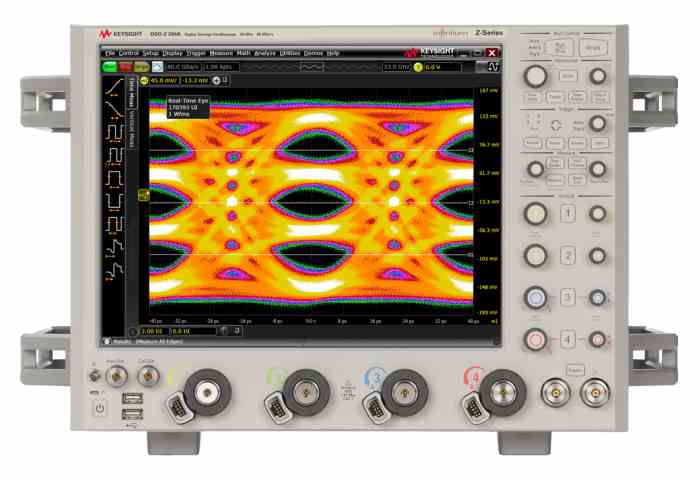 26 March 2015 – Keysight Technologies launched a new measurement software for characterization of PAM-4 (pulse amplitude modulation with four amplitude levels) signals using the Keysight V-Series, Z-Series, and S-Series real-time oscilloscope platforms. The Keysight N8827A PAM-4 analysis software (for V- and Z-Series oscilloscopes) and N8827B PAM-4 analysis software (for S-Series oscilloscopes) provides comprehensive analysis of electrical PAM-4 signals.
26 March 2015 – Keysight Technologies launched a new measurement software for characterization of PAM-4 (pulse amplitude modulation with four amplitude levels) signals using the Keysight V-Series, Z-Series, and S-Series real-time oscilloscope platforms. The Keysight N8827A PAM-4 analysis software (for V- and Z-Series oscilloscopes) and N8827B PAM-4 analysis software (for S-Series oscilloscopes) provides comprehensive analysis of electrical PAM-4 signals.
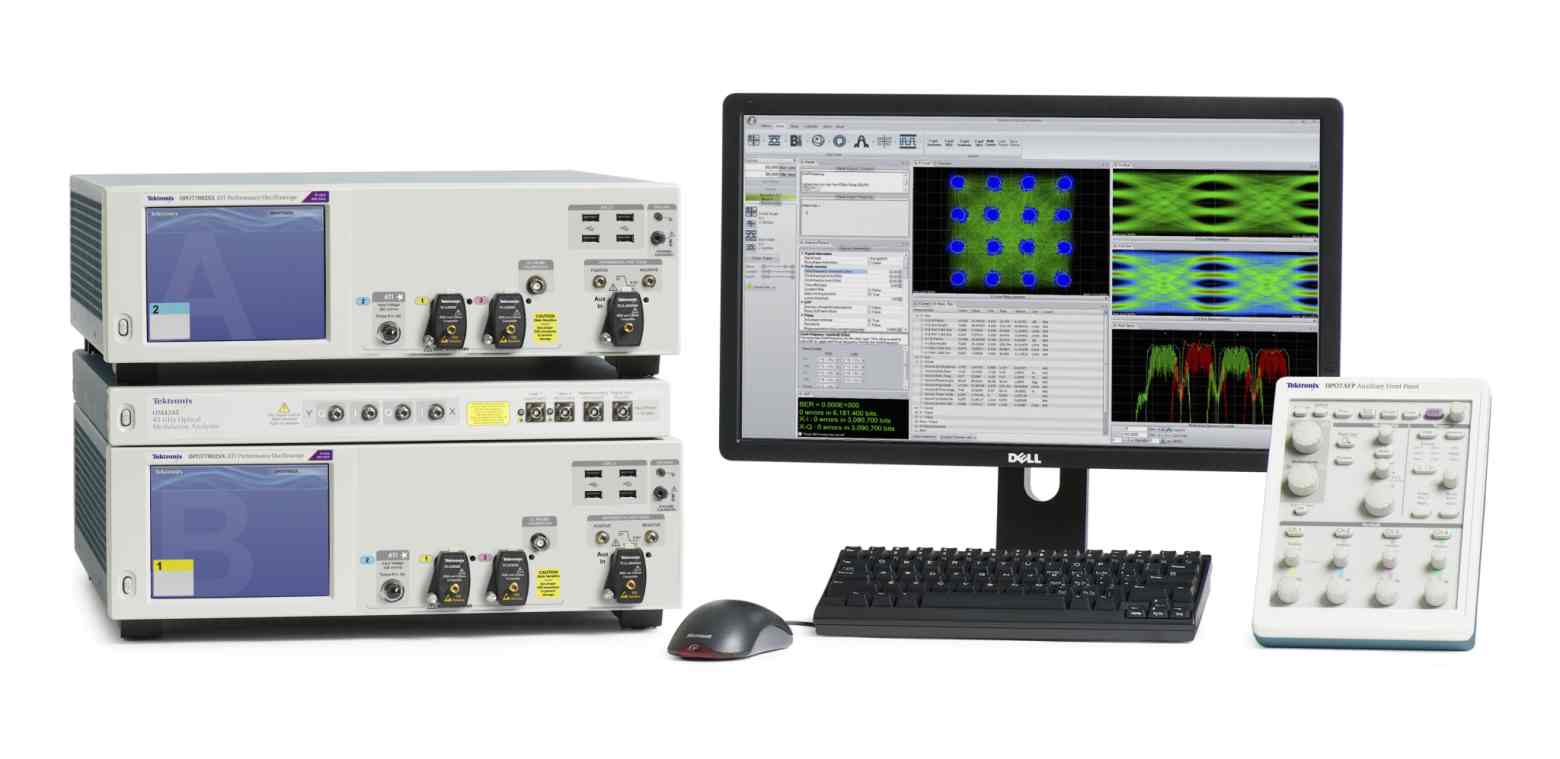 24 March 2015 – Tektronix announced the DPO70000SX 70 GHz ATI Performance Oscilloscope featuring the lowest-noise and highest effective bits of any ultra-high bandwidth real-time oscilloscope available on the market. The new oscilloscope incorporates a range of innovations that enable it to more effectively meet the current and future needs of engineers and scientists developing high-speed coherent optical systems or performing leading-edge research.
24 March 2015 – Tektronix announced the DPO70000SX 70 GHz ATI Performance Oscilloscope featuring the lowest-noise and highest effective bits of any ultra-high bandwidth real-time oscilloscope available on the market. The new oscilloscope incorporates a range of innovations that enable it to more effectively meet the current and future needs of engineers and scientists developing high-speed coherent optical systems or performing leading-edge research.
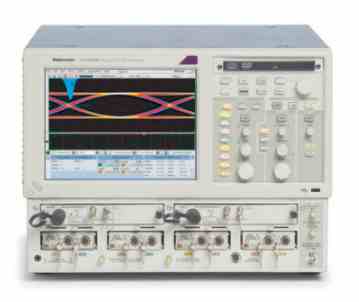 20 March 2015 - Tektronix launched a new high sensitivity Clock Recovery Trigger Pickoff (CRTP) option for its 100G broad wavelength 80C15 Optical Sampling Module for use with DSA8300 Digital Serial Analyzer sampling oscilloscopes. This is the first and only test solution with signal sensitivity sufficient to test optical devices and perform clock recovery required by the recently approved 100GBASE-SR4 (IEEE 802.3bm) specification.
20 March 2015 - Tektronix launched a new high sensitivity Clock Recovery Trigger Pickoff (CRTP) option for its 100G broad wavelength 80C15 Optical Sampling Module for use with DSA8300 Digital Serial Analyzer sampling oscilloscopes. This is the first and only test solution with signal sensitivity sufficient to test optical devices and perform clock recovery required by the recently approved 100GBASE-SR4 (IEEE 802.3bm) specification.
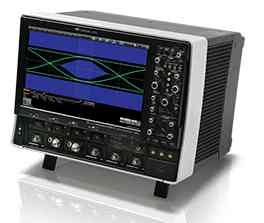 16 March 2015 – Teledyne LeCroy announces an automated physical layer transmitter compliance test capability for the MIPI M-PHY standard. The new compliance test software, QPHY-MIPI-MPHY can measure a large number of cycles in a short period of time. Testing can be done on HS-MODE, PWM-MODE and SYS-MODE signals at all currently specified GEARs. A new active termination adaptor specifically designed for M-PHY testing ensures connection between the device under test and the oscilloscope is made in a simple, cost-effective, high fidelity manner.
16 March 2015 – Teledyne LeCroy announces an automated physical layer transmitter compliance test capability for the MIPI M-PHY standard. The new compliance test software, QPHY-MIPI-MPHY can measure a large number of cycles in a short period of time. Testing can be done on HS-MODE, PWM-MODE and SYS-MODE signals at all currently specified GEARs. A new active termination adaptor specifically designed for M-PHY testing ensures connection between the device under test and the oscilloscope is made in a simple, cost-effective, high fidelity manner.
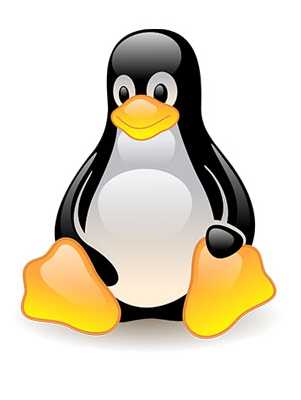 12 March 2015 - Pico Technology released OS X and Linux beta versions of PicoScope software containing all the essential features of PicoScope for Windows. Pico is working on adding the more advanced features. PicoScope 6 and device drivers for Linux are now distributed via online repositories.
12 March 2015 - Pico Technology released OS X and Linux beta versions of PicoScope software containing all the essential features of PicoScope for Windows. Pico is working on adding the more advanced features. PicoScope 6 and device drivers for Linux are now distributed via online repositories.
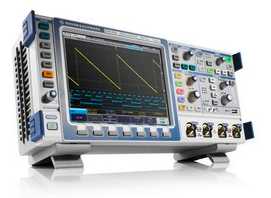 05 March 2015 -- Rohde & Schwarz has added the R&S RTM-K18 spectrum analysis and spectrogram option to its R&S RTM oscilloscope family, making the R&S RTM the only oscilloscope in its class that can analyze the time domain while simultaneously analyzing the spectrum, logic and serial protocol. Interactions such as those that occur in electronic devices with RF components are quickly analyzed in a single measurement. Time and spectrum analyses can be configured completely independently of one another due to separate implementation of the signal paths.
05 March 2015 -- Rohde & Schwarz has added the R&S RTM-K18 spectrum analysis and spectrogram option to its R&S RTM oscilloscope family, making the R&S RTM the only oscilloscope in its class that can analyze the time domain while simultaneously analyzing the spectrum, logic and serial protocol. Interactions such as those that occur in electronic devices with RF components are quickly analyzed in a single measurement. Time and spectrum analyses can be configured completely independently of one another due to separate implementation of the signal paths.
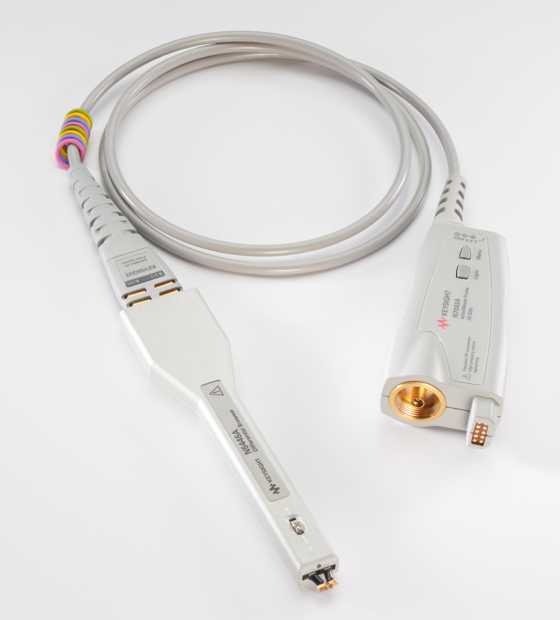 03 March 2015 – Keysight Technologies introduced the bandwidth enhanced N7000A InfiniiMax III+ differential probes for general-purpose, high-speed differential bus probing. The company also introduced an active termination adapter that provides ultra-low noise voltage termination to a non-ground signal, and QuickTip accessories for InfiniiMax I/II probes. These probing solutions complement the new Infiniium V-Series oscilloscopes.
03 March 2015 – Keysight Technologies introduced the bandwidth enhanced N7000A InfiniiMax III+ differential probes for general-purpose, high-speed differential bus probing. The company also introduced an active termination adapter that provides ultra-low noise voltage termination to a non-ground signal, and QuickTip accessories for InfiniiMax I/II probes. These probing solutions complement the new Infiniium V-Series oscilloscopes.
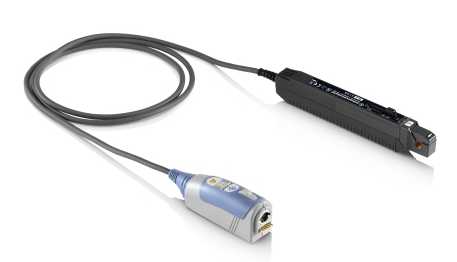 02 March 2015 -- Rohde & Schwarz enhances its oscilloscope accessories portfolio with the new R&S RT-ZC20B current probe. At 100 MHz bandwidth, the can measure AC and DC of a maximum 30 A (RMS)/50 A (peak) current with a resolution of 10 mA and low noise. R&S RTO, R&S RTE and R&S RTM oscilloscopes can automatically detect up to four current probes connected in parallel and will also automatically adjust the vertical scaling and zeroing settings. The degaussing function is activated directly on the instrument.
02 March 2015 -- Rohde & Schwarz enhances its oscilloscope accessories portfolio with the new R&S RT-ZC20B current probe. At 100 MHz bandwidth, the can measure AC and DC of a maximum 30 A (RMS)/50 A (peak) current with a resolution of 10 mA and low noise. R&S RTO, R&S RTE and R&S RTM oscilloscopes can automatically detect up to four current probes connected in parallel and will also automatically adjust the vertical scaling and zeroing settings. The degaussing function is activated directly on the instrument.
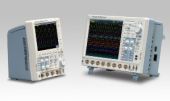 27 February 2015 - The new /M3 option of Yokogawa adds 250MPoints memory to DLM2000 and DLM4000 mixed-signal oscilloscopes. Larger memories offer two advantages - first more memory allows a longer acquisition time and second for the same acquisition time, using a larger memory can result in a higher sample rate - which actually means that the effective bandwidth of the measurement is increased.
27 February 2015 - The new /M3 option of Yokogawa adds 250MPoints memory to DLM2000 and DLM4000 mixed-signal oscilloscopes. Larger memories offer two advantages - first more memory allows a longer acquisition time and second for the same acquisition time, using a larger memory can result in a higher sample rate - which actually means that the effective bandwidth of the measurement is increased.
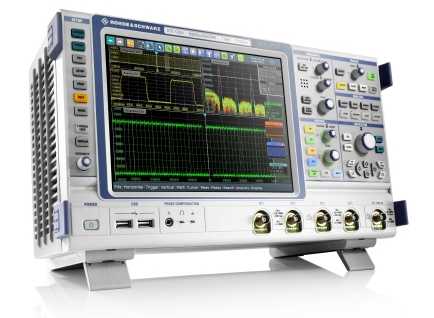 26 February 2015 -- Rohde & Schwarz introduced new two- and four-channel models with 1.5 GHz and 2 GHz bandwidth for its family of R&S RTE oscilloscopes. The bandwidth of this family is ranging now from 200 MHz to 2 GHz. The R&S RTE series features a 5 Gsample/s sampling rate per channel and up to 200 Msample memory. An extremely low-noise frontend, in conjunction with a sensitivity of up to 500 µV/div and a vertical resolution of 16 bit in high definition mode, ensures highly accurate measurement results. The digital trigger system operating in the signal path allows triggering in realtime on even the smallest signal details.
26 February 2015 -- Rohde & Schwarz introduced new two- and four-channel models with 1.5 GHz and 2 GHz bandwidth for its family of R&S RTE oscilloscopes. The bandwidth of this family is ranging now from 200 MHz to 2 GHz. The R&S RTE series features a 5 Gsample/s sampling rate per channel and up to 200 Msample memory. An extremely low-noise frontend, in conjunction with a sensitivity of up to 500 µV/div and a vertical resolution of 16 bit in high definition mode, ensures highly accurate measurement results. The digital trigger system operating in the signal path allows triggering in realtime on even the smallest signal details.

 How to resolve AdBlock issue?
How to resolve AdBlock issue? 